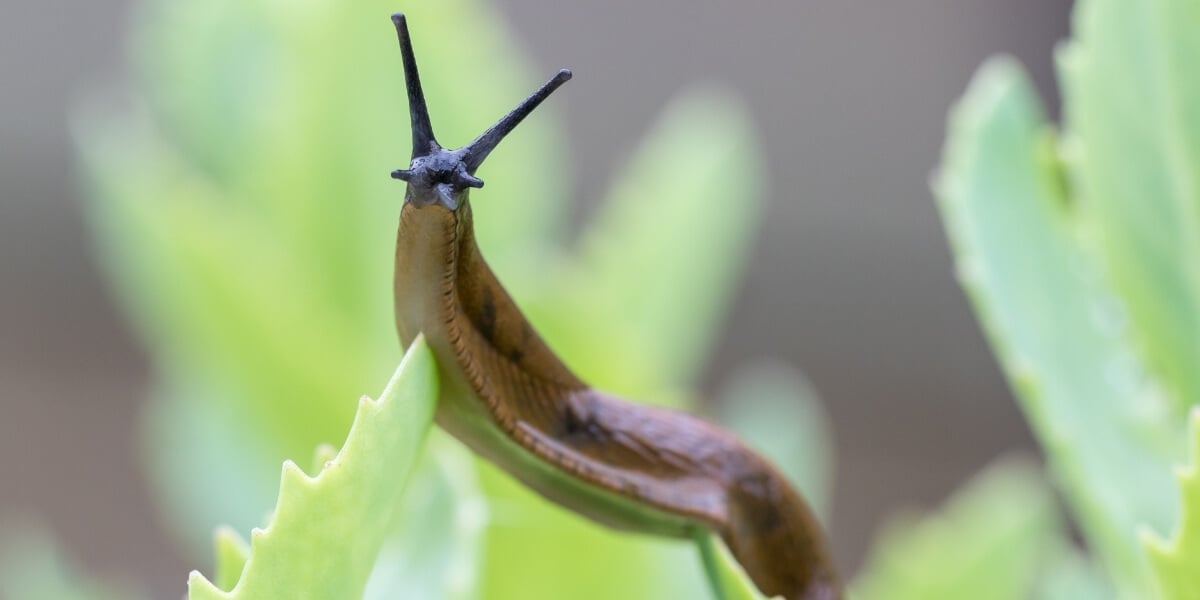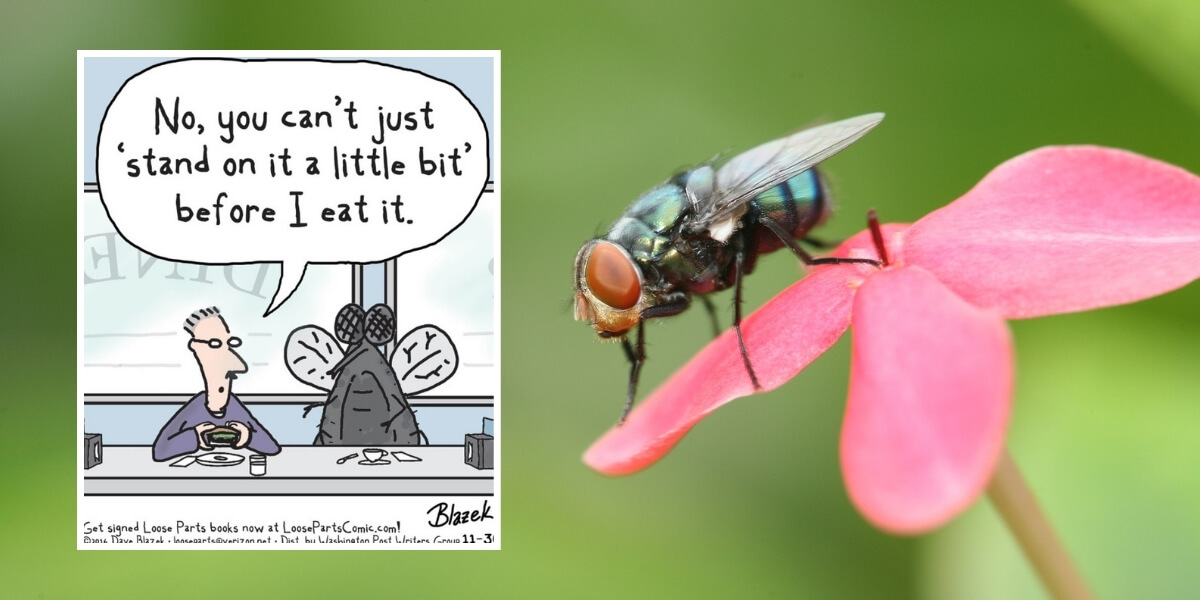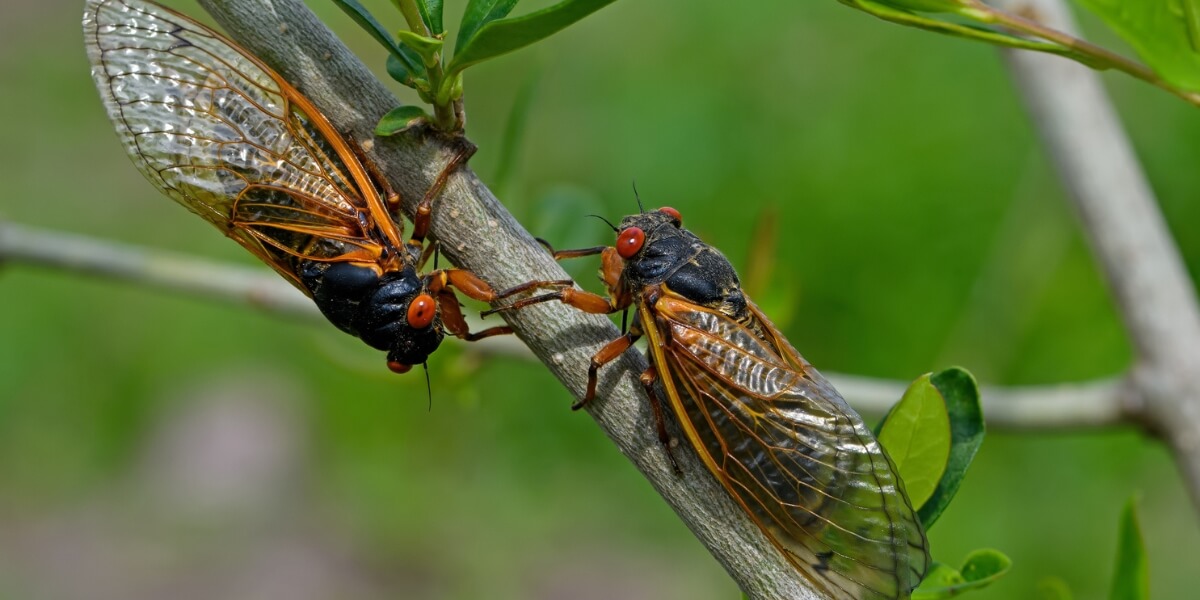The Tiniest Beings Can Astonish Us and Open Our Eyes to the Wonders of Other Animals’ Worlds
By Ingrid Newkirk
Sometimes when I’m being interviewed, I’m asked, “Where do you animal rights people draw the line? Do you swat mosquitoes?” It’s annoying, because it’s like those other disingenuous questions people ask when they’re simply trying to avoid thinking about not eating chickens or something else you’re proposing, such as that they might wish to stop exploiting other individuals who just happen to be of a different species. But do insects and other tiny beings merit our compassion?
“When we discover that even tiny forms of life think and feel, it makes it clear that we can never be cruel to larger ones like chickens, monkeys, or fish.”
—Ingrid Newkirk
Living the Slug Life
Children often relate to other animals because they, too, are small and their interests are often ignored. PETA supporter Amy Skylark tells of how when she was a tot, a tawny-colored slug appeared on her windowsill and would glide in and out of her mother’s terrarium. Amy named him Foo Foo and considered him her first animal companion. She even built him a Lincoln Log cabin to live in, but to her disappointment, he preferred her mother’s container garden. One day, word had it that her uncle was going to do a magic trick.

“Magic? Yes, please!” she thought. Amy elbowed her way through a gaggle of her relatives just as her uncle said, “Abracadabra” – and sprinkled salt on Foo Foo. She watched in horror as he melted into a sickening, greasy stain.
Amy says, “Foo Foo’s cruel death had a profound effect on me. It awakened my compassion and sparked a belief in the sanctity of animal life. No slug was ever again killed on my watch.”
Of Course, Insects Think and Feel
Zoologist Lars Chittka wrote in Scientific American that while insects were previously thought to be automatons, truly startling discoveries have been made about their minds.
Chittka says, “Some species of wasps recognize their nest mates’ faces and acquire impressive social skills.” He describes how ants rescue nestmates buried under rubble, digging away carefully so as not to cause injury. And – also impressive – ants look back when they leave the nest to see what their view will be when they’re on their return journey. They also look down to judge their speed and count the number of steps they’re taking at that speed!

Flies are aware of the passage of time. Cicadas communicate using a wide variety of vocalizations, not only courting sounds. Bees – who suffer greatly and are often killed when they’re smoked out of their hives so that humans can steal the honey and the propolis that they make to nourish their bee family – grasp concepts of sameness and difference, learn complex tasks by observation, and can experience both pleasure and pain, as no doubt all insects can.
Catch This: Cockroaches Are Someone, Too
My “aha” moment happened one morning long ago, when I went into the kitchen to make coffee. There on the counter by the sink was a cockroach. No doubt he was looking for a bite to eat. He spotted me at about the same time I spotted him – and ran for it.
He hightailed it to the closest object, which was a sugar container. There was silence – no movement. I peered over the top of the container, and there he was, pressed up against the back of it. I could imagine him holding his breath, trying not to be spotted, hoping I’d go away. I mean, wouldn’t that be what you would do if a giant predator came your way?

Some people will dismiss my perspective as anthropomorphic, but that attitude would actually be anthropocentric. Humans certainly aren’t the only ones who think and feel. Most animals cherish their offspring, feel lonely if their life partner dies, and can experience joy. If insects were automatons, that cockroach in my kitchen wouldn’t have been able to figure out that there was a likely threat, calculate an escape route, and race to hide.
So when I’m asked where I draw the line, here’s my response: Humans have created a line that shouldn’t exist between ourselves and all other forms of sentient life. Let’s work to eradicate that godlike view of ourselves – after all, it never hurts to be inclusive and kind.
Be Part of It!
Let’s push the line for the rights of every living, feeling being. Speak up! Tell others about animal issues. Get free leaflets and stickers from PETA Literature. This article was adapted from Ingrid Newkirk’s new speaking tour, All Together Now! See if Ingrid is coming to a city near you.



